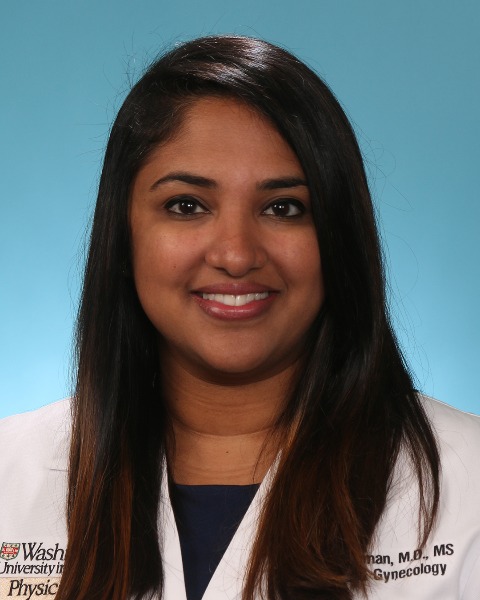Category: Hypertension
Poster Session IV
(1134) Prediction of patients at highest risk for anti-hypertensive up titration in the postpartum period
Blood pressure monitoring and antihypertensive titration is critical for patients at high risk of uncontrolled hypertension postpartum to circumvent poor outcomes. We investigated which patients were at the highest risk for up-titration of anti-hypertensive medications.
Study Design:
A case-control study of patients enrolled in a postpartum remote blood pressure monitoring (RBPM) program using the University of Pennsylvania’s Heart Safe Motherhood automated text-based platform. Patients with pre-existing hypertension or hypertensive disorder of pregnancy were enrolled prior to hospital discharge. Patients were prompted to take their blood pressure and text the result twice daily for 14 days. Blood pressure readings were reviewed daily and if ≥50% of blood pressure values were elevated than antihypertensive dose was increased. Demographic data was compared between patients who required antihypertensive increase compared to those who did not. Descriptive statistics and univariate analyses were performed. Multivariable logistic regression was used to adjust for confounders.
Results:
160 patients were included: 32 (20%) had an up-titration in antihypertensive medication in the first two weeks postpartum. Groups were similar in age, race, and marital status. Maternal BMI [40.5kg/m2 ± 14.4 vs 33.7 kg/m2 ± 8.8 (p < 0.01)], superimposed preeclampsia with severe features (18.8% vs. 2.3%; p< 0.05), and intrapartum magnesium administration (40.6% vs. 21.9%; p< 0.05) was more common among patients who required up-titration. Up-titration was associated with superimposed preeclampsia with severe features, aOR 8.00 (95% CI [1.34, 25.1]), magnesium infusion during labor aOR 2.56 (95% CI [1.00, 3.18]), and antihypertensive therapy in labor aOR 3.02 [95% CI (1.13, 3.61)].
Conclusion:
Patients with superimposed preeclampsia with severe features and who received antihypertensive therapy in labor are at increased risk of needing up titration of medications following discharge; these patients would benefit from close blood pressure monitoring via either remote or in-person visits to ensure adequate blood pressure control.

Rebecca R. Rimsza, MD (she/her/hers)
Fellow
Washington University School of Medicine
St. Louis, Missouri, United States- SG
Sabrina Goyal, BS
Washington University School of Medicine
St. Louis, Missouri, United States 
Valene Garr Barry, PhD (she/her/hers)
Postdoctoral Research Scholar
Washington University School of Medicine
St. Louis, Missouri, United States- DT
Danielle Turnbull, MSN
Washington University School of Medicine
St. Louis, Missouri, United States 
Megan C. Oakes, MD MSCI (she/her/hers)
Maternal-Fetal Medicine
Miller Children's and Women's Hospital
Long Beach, California, United States
Nandini Raghuraman, MD,MSc (she/her/hers)
Assistant Professor
Barnes Jewish Hospital, Washington University in St Louis
St. Louis, Missouri, United States
Ebony B. Carter, MD, MPH (she/her/hers)
Associate Professor, MFM; Chief, Division of Clinical Resarch
Washington University School of Medicine
St. Louis, Missouri, United States
Roxane M. Rampersad, MD (she/her/hers)
Associate Professor
Barnes Jewish Hospital and Washington University
St. Louis, Missouri, United States

.png)
